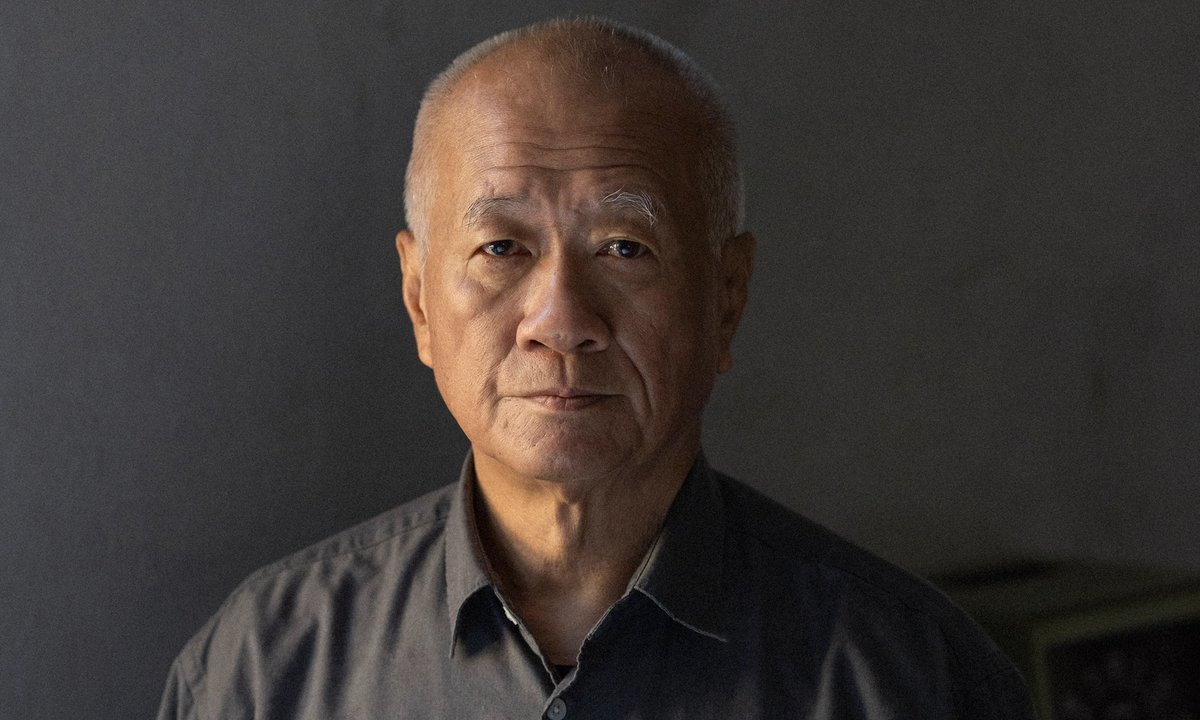
"The pioneering performance artist Tehching Hsieh is renowned for creating six extraordinary works subjecting himself to conditions of intense confinement, exposure, sleep deprivation and intimacy. He was born in Taiwan in 1950 and although he began his career as a painter, his reputation was made following his move to New York in 1974 where he began making a series of groundbreaking performance pieces."
"In 1978 Hsieh embarked on a sequence of five performance works each lasting a year, beginning with Cage Piece, where he lived locked in a wooden cage in his apartment for one year, never coming out and never reading, writing, talking, listening to music or watching television. His meals were delivered to him daily and his excrement taken out in a bucket."
"The first retrospective of these performances, Lifeworks 1978-99, recently opened at Dia Beacon following the artist's gift of 11 major works to the institution last year. The exhibition has been designed to spatially convey the relative time it took to perform the works against time just living, which the artist refers to as "art time" and "life time" respectively. Hsieh explains that he did not want too much emphasis on the documentation of the works but instead wanted visitors to "see time and space"."
Tehching Hsieh created a series of durational performances that subjected his body and daily life to extreme constraints across decades. The core sequence comprised five yearlong works including Cage Piece, Time Clock Piece, Outdoor Piece, Rope Piece, and No Art Piece, each enforcing strict rules about confinement, routine, exposure, intimacy, or abstention from art. A later Thirteen Year Plan involved private production followed by a minimal public declaration, "I kept myself alive." A Dia Beacon retrospective of Lifeworks 1978–99 presents donated works and seeks to make visitors perceive differences between "art time" and "life time."
Read at The Art Newspaper - International art news and events
Unable to calculate read time
Collection
[
|
...
]